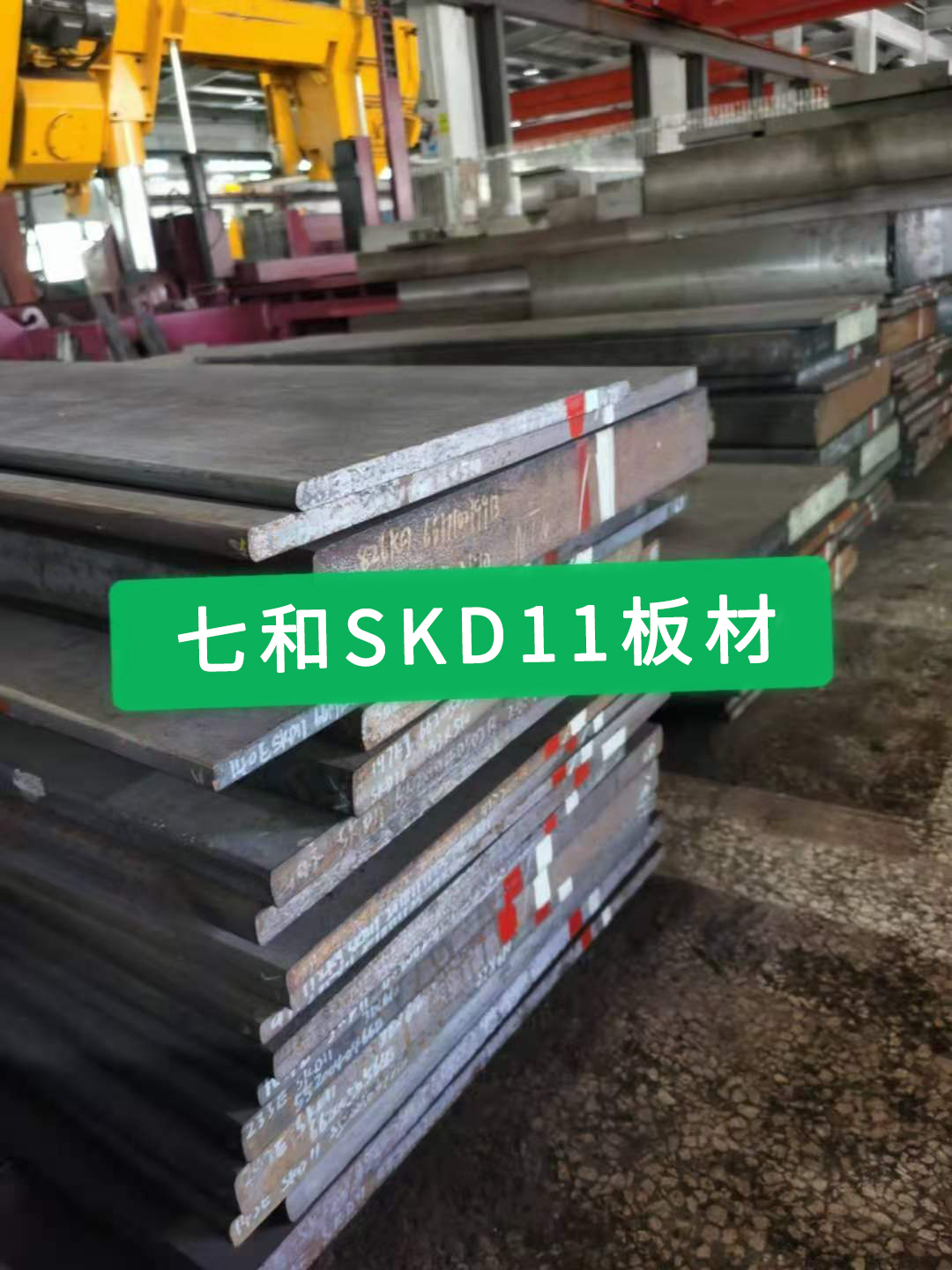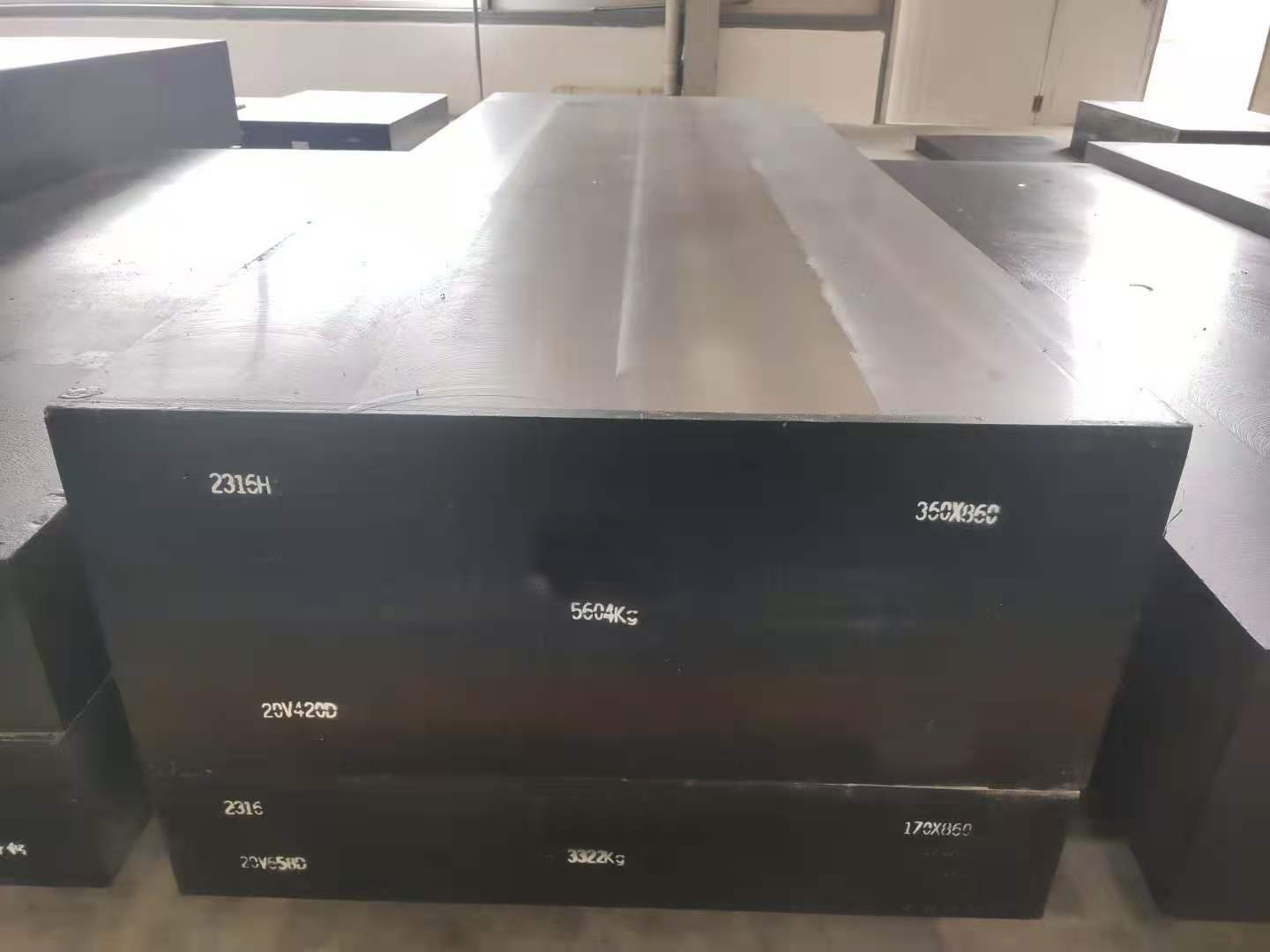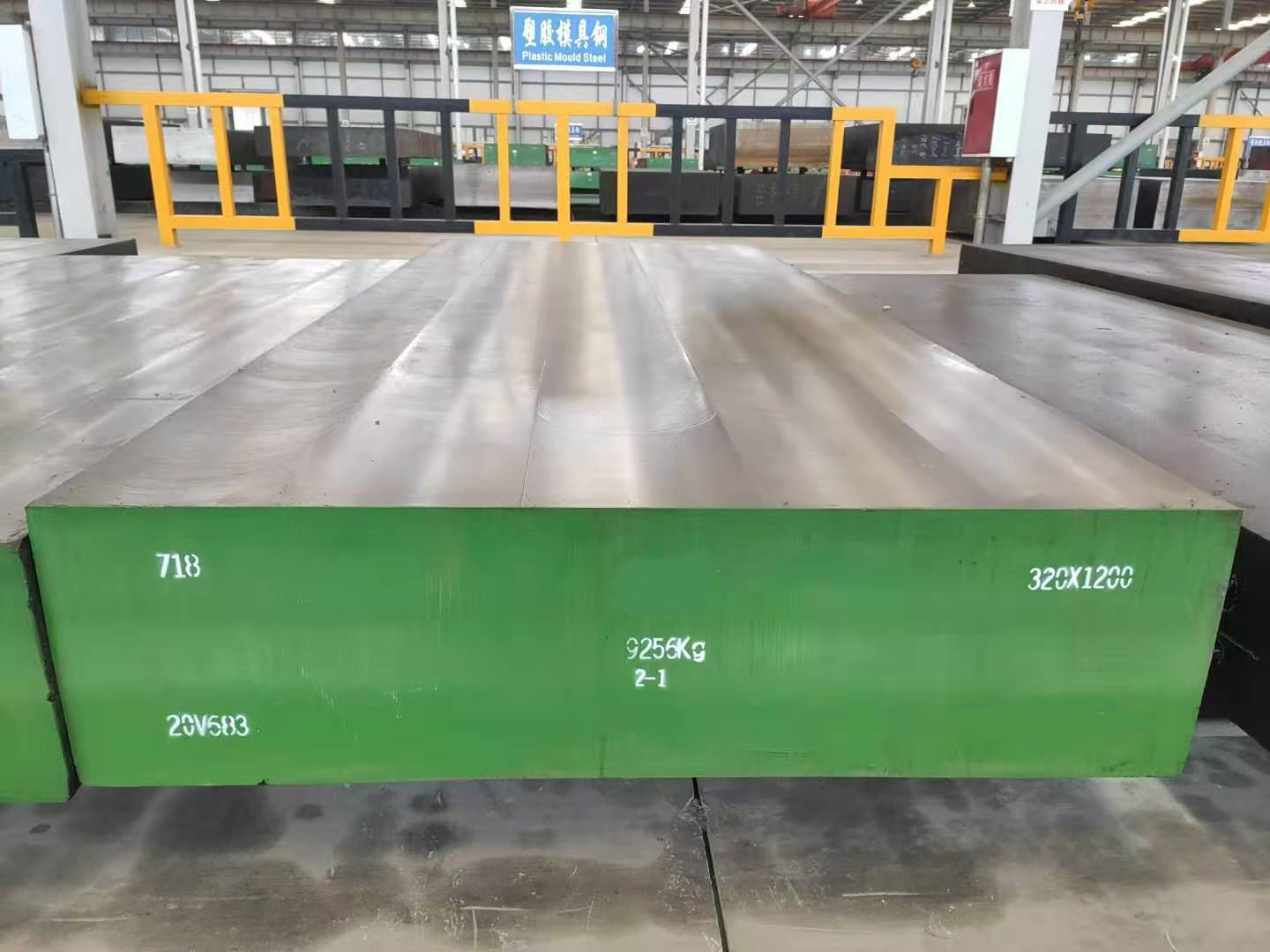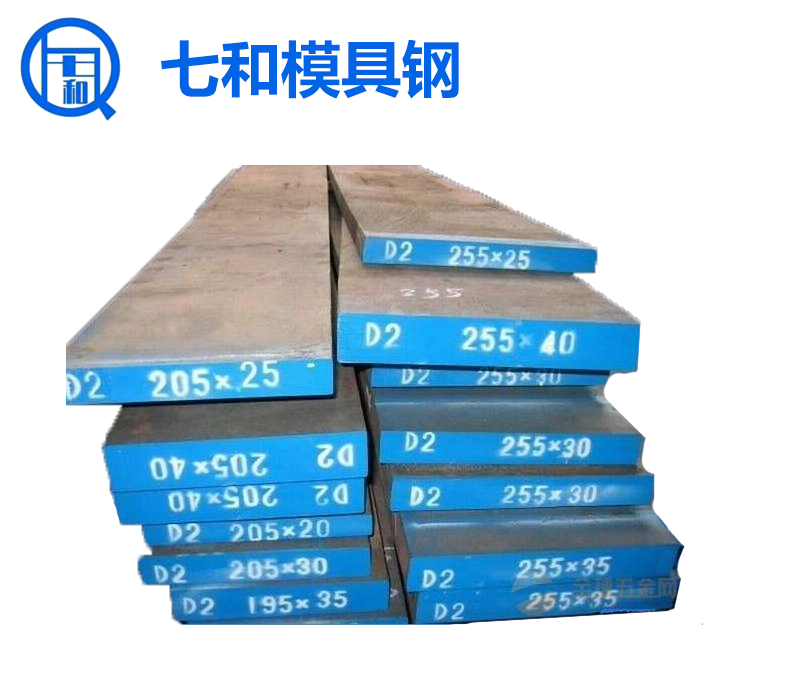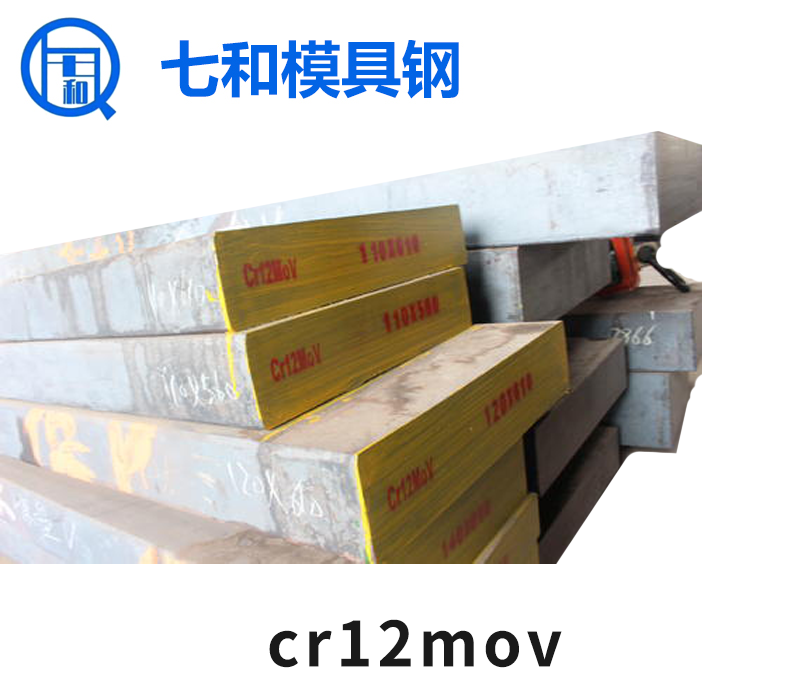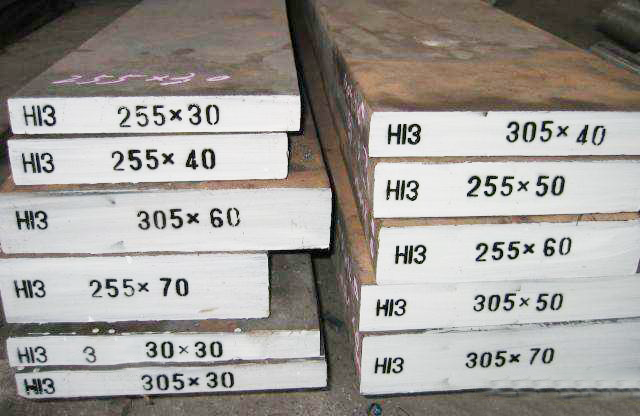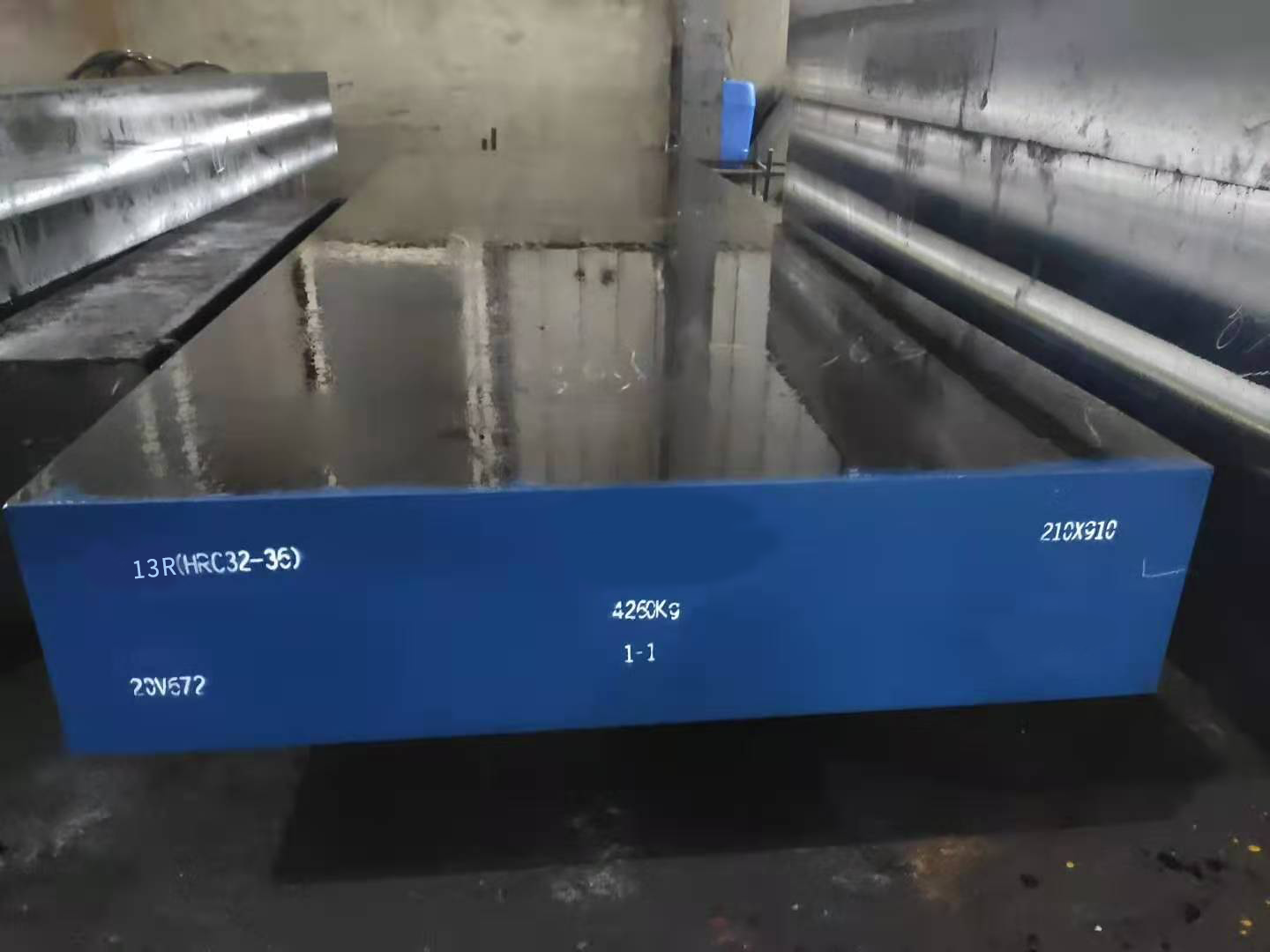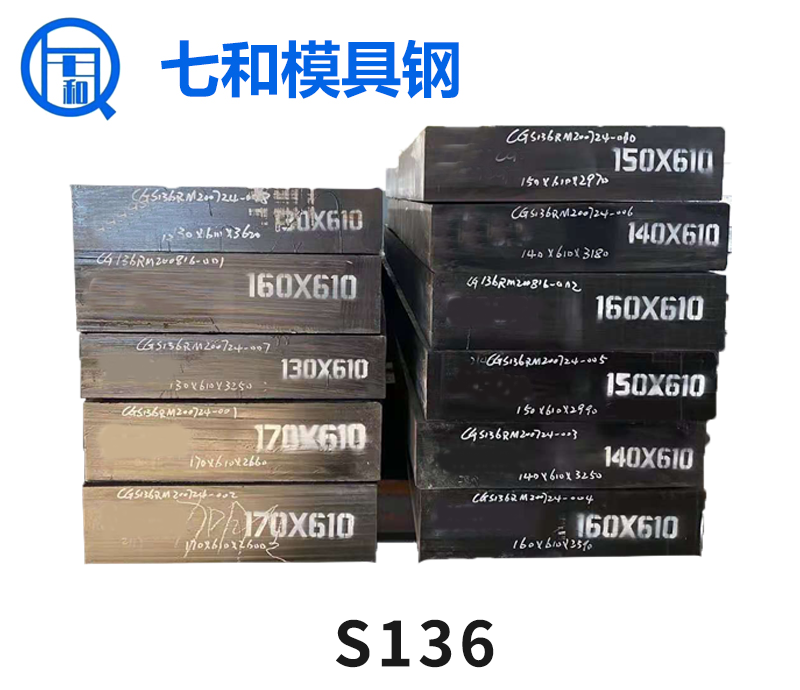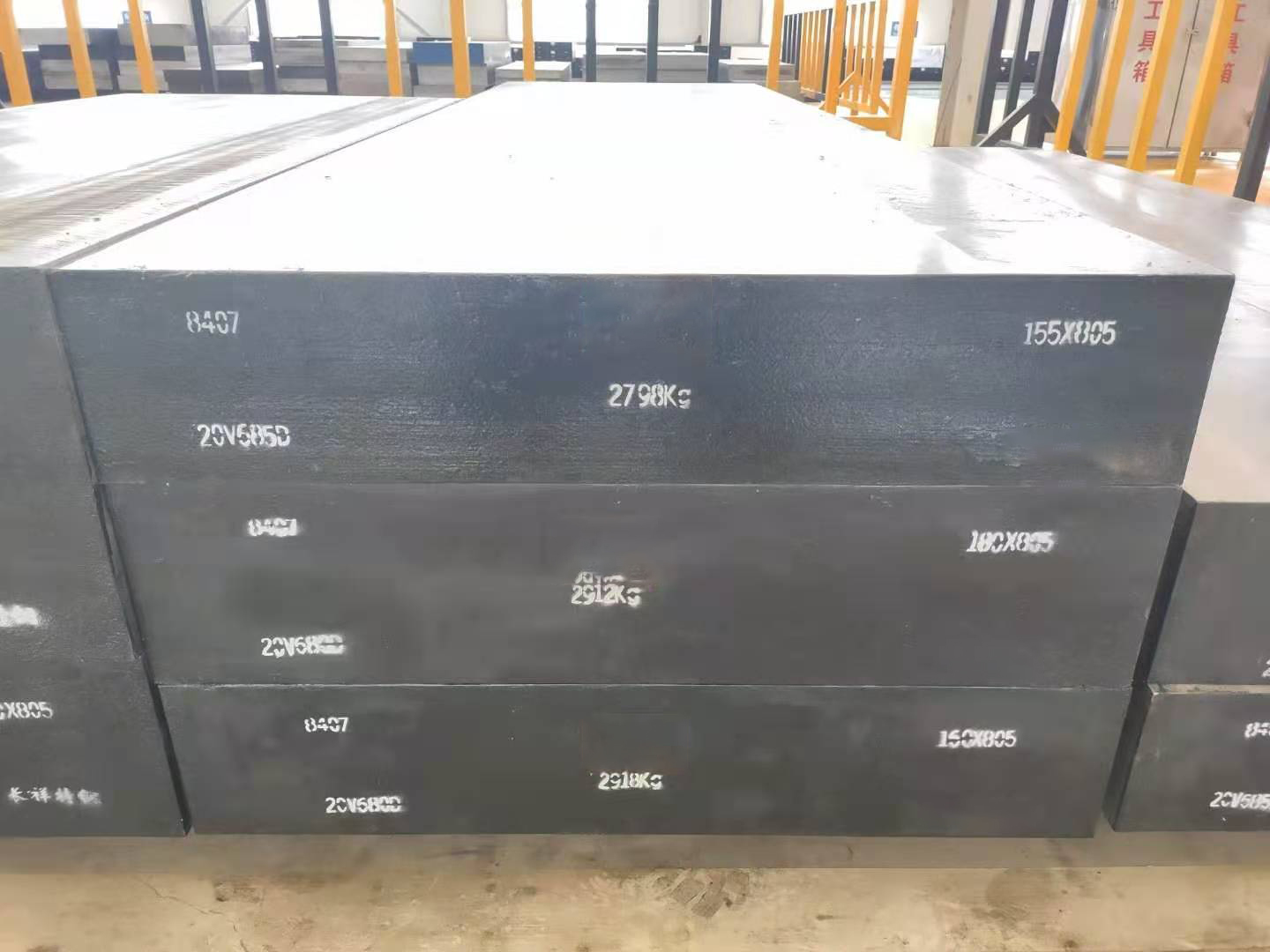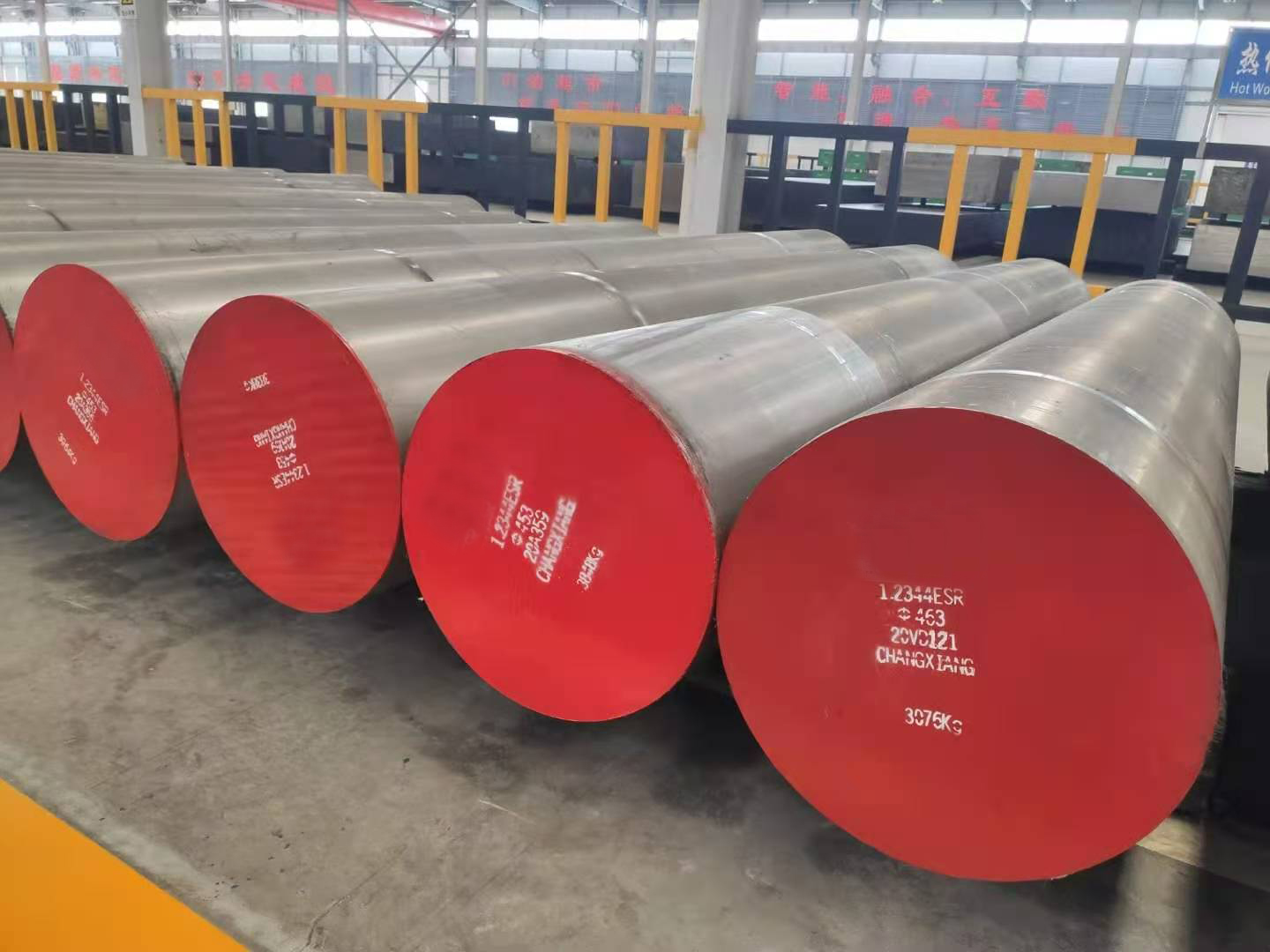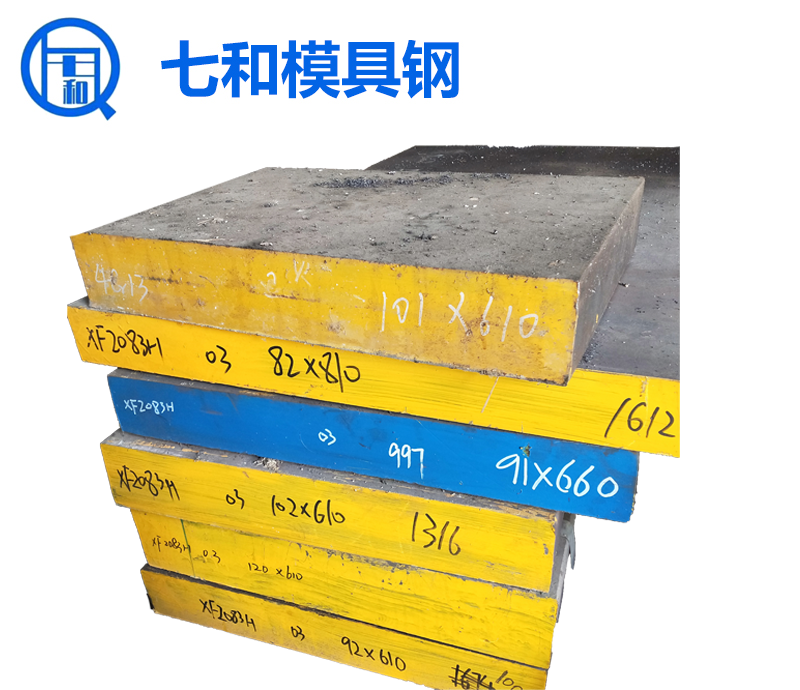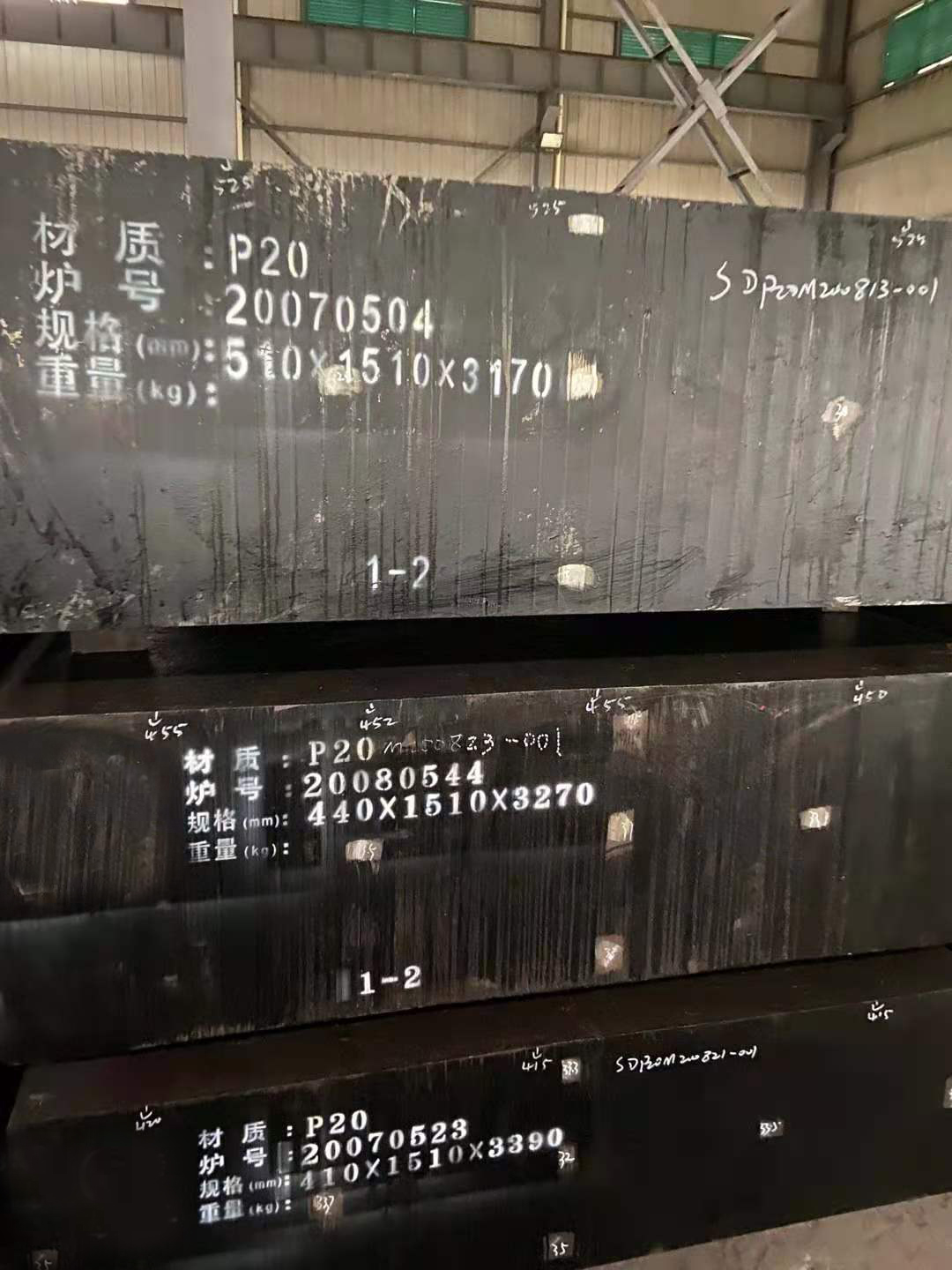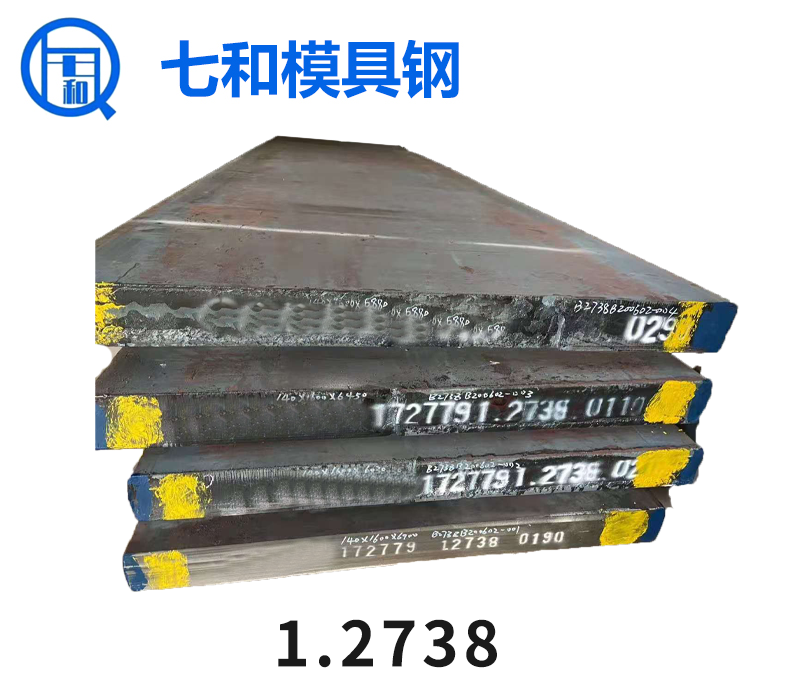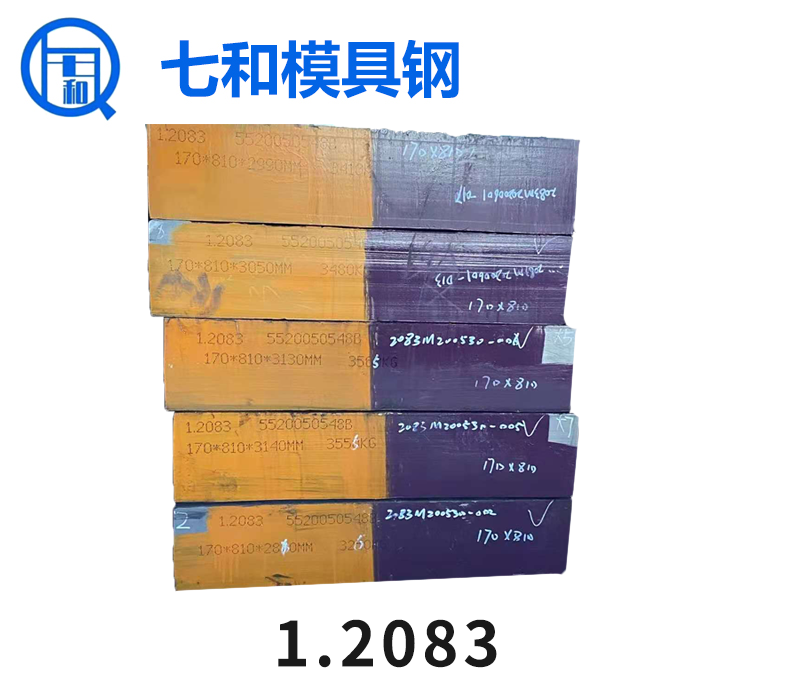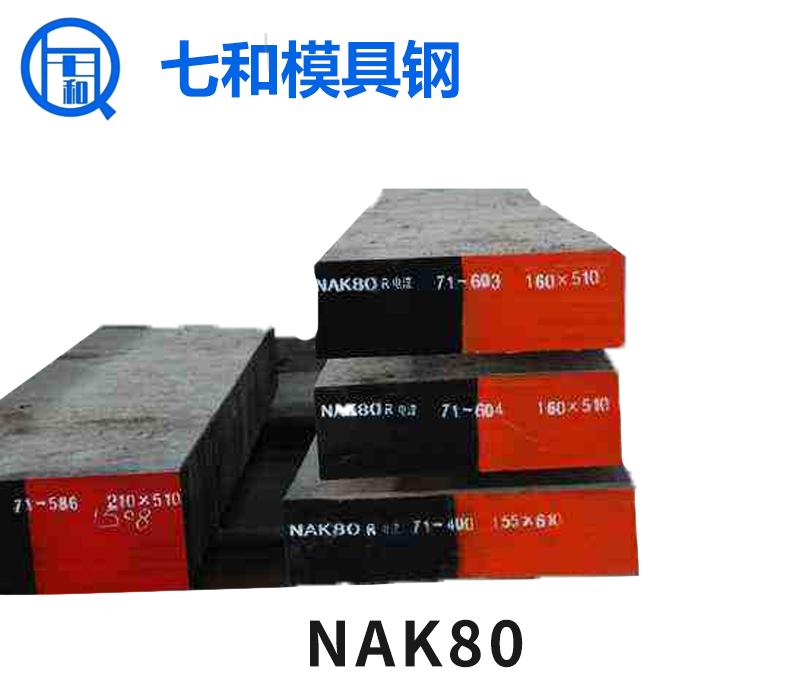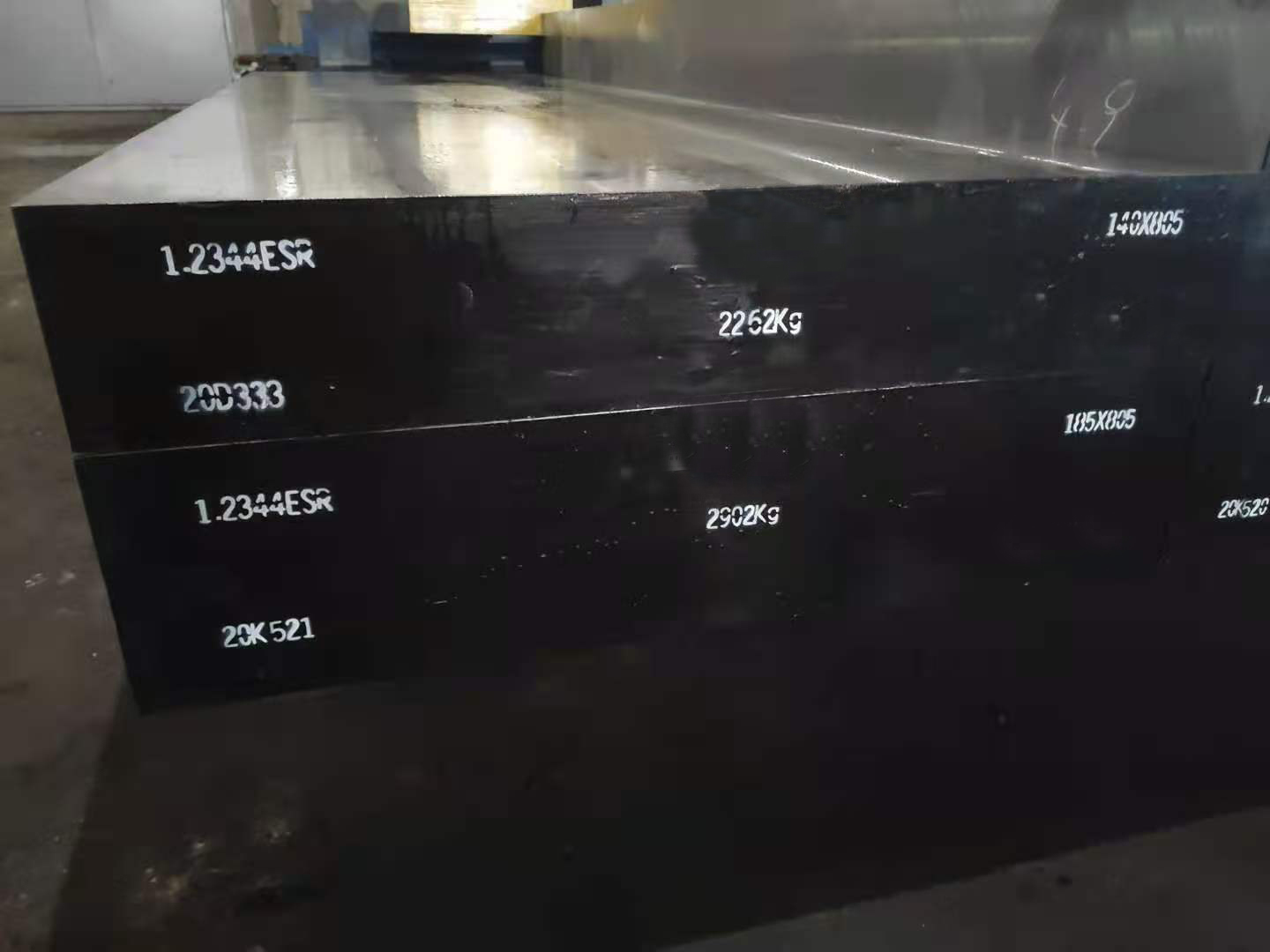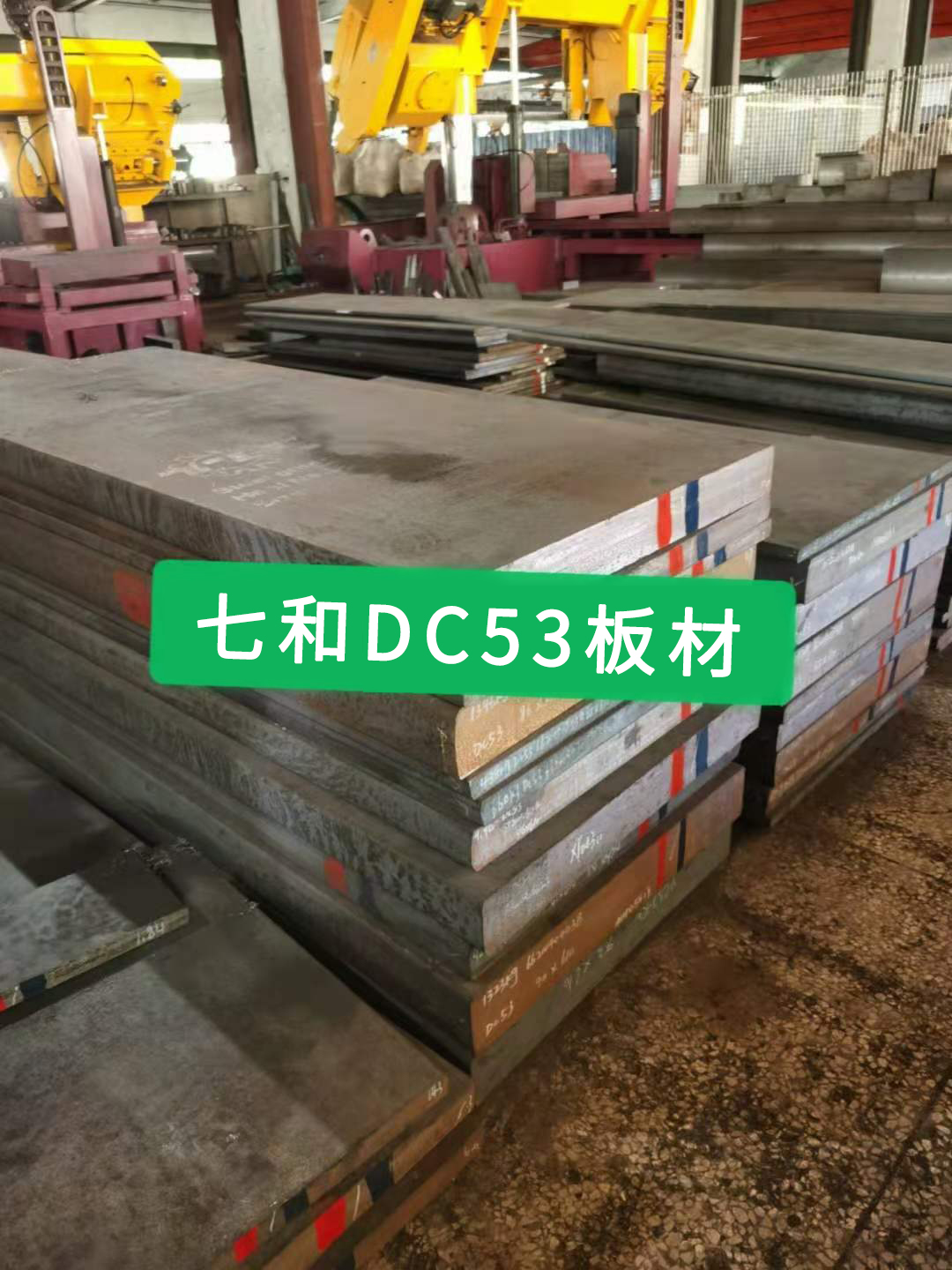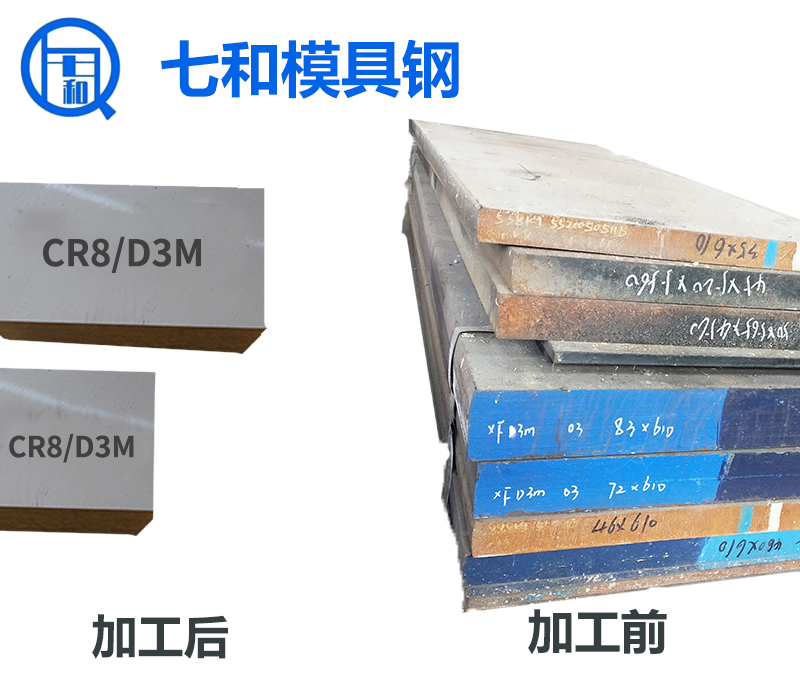热作模具钢主要用来制作需在高温状态下进行压力加工的模具,如热压铸模具、热切冲模具、热变形模具(热镦模具)、热挤压模具等。因而对钢的热硬性、高温耐磨性、热疲劳强度、导热性和淬透性都有较高的要求,别的良好的成形可加工性也是十分必要的。
Hot working die steel is mainly used to make dies which need to be processed under high temperature, such as hot die casting die, hot stamping die, hot deformation die (hot upsetting die), hot extrusion die, etc. Therefore, there are higher requirements for the steel's thermal hardness, high temperature wear resistance, thermal fatigue strength, thermal conductivity and hardenability, and other good formability is also very necessary.
依据热作模具钢的性能特色,包含有低耐热高韧性模具钢、中耐热韧性钢、高耐热热作模具钢、特殊用途热作模具钢。
According to the performance characteristics of hot work die steel, there are low heat resistance and high toughness die steel, medium heat resistance toughness steel, high heat resistance hot work die steel and special purpose hot work die steel.
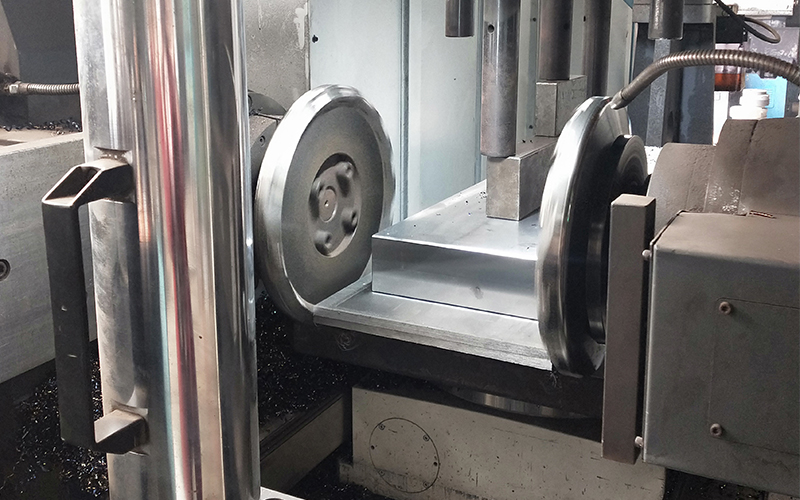

运用的温度不同,冷作模具钢是在低温下运用(100度以下),主要是用在冲压模具。热作模具钢是高温下运用,主要是用在压铸模具。
Cold working die steel is used at low temperature (below 100 ℃), mainly used in stamping die. Hot working die steel is used at high temperature, mainly in die casting die.
山东热作模具钢
Shandong hot working die steel
热作模具钢对硬度要求适当,侧重于红硬性,导热性,耐磨性。因而含碳量低,合金元素以添加淬透性,进步耐磨性、红硬性为主。
The hardness of hot working die steel should be appropriate, with emphasis on red hardness, thermal conductivity and wear resistance. As a result, the hardenability of the alloy is improved with the addition of carbon element.
热作模具包含锤锻模、热挤压模和压铸模三类。如前所述.热作模具工作条件的主要特色是与热态金属相接触、这是与冷作模具工作条件的主要差异。
Hot working die includes hammer forging die, hot extrusion die and die casting die. As mentioned above, the main feature of working conditions of hot working die is contact with hot metal, which is the main difference from working conditions of cold working die.
因而会带来以下两方面的问题:(l)模腔表层金属受热。通常锤锻模工作时.其模腔表面温度可达300~400℃以上热挤压模可达500一800℃以上;压铸模模腔温度与压铸材料种类及浇注温度有关。如压铸黑色金属时模腔温度可达1000℃以上。
As a result, there are two problems: (1) the surface metal of the cavity is heated. In general, the surface temperature of die cavity of hammer forging die can reach 300 ~ 400 ℃ or above, and hot extrusion die can reach 500 ~ 800 ℃. The cavity temperature of die casting die is related to the type of die casting material and pouring temperature. For example, the temperature of die cavity can reach more than 1000 ℃ when casting ferrous metal.
这样高的运用温度会使模腔表面硬度和强度明显降低,在运用中易发生打垛。为此.对热模具钢的根本运用性能要求是热塑变抗力高,包含高温硬度和高温强度、高的热塑变抗力,实际上反映了钢的高回火稳定性。
Such a high temperature will make the surface hardness and strength of the die cavity significantly reduced, and it is easy to stack in the application. Therefore, the basic performance requirement of hot die steel is high thermoplastic deformation resistance, including high temperature hardness and high temperature strength, high thermoplastic deformation resistance, which actually reflects the high tempering stability of steel.
由此便可以找到热模具钢合金化的种途径,即加入 Cr、W、Si.等合金元素可以进步钢的回火稳定性。(2)模腔表层金属产生热疲劳(龟裂)。热模的工作特色是具有间歇性.每次使热态金属成形后都要用水、油、空气等介质冷却模腔的表面。
Therefore, the first way of alloying hot die steel can be found, that is, adding CR, W, Si and other alloying elements can improve the tempering stability of the steel. (2) Thermal fatigue (cracking) occurs on the surface metal of die cavity. The working characteristic of the hot die is intermittency. After forming the hot metal, the surface of the die cavity must be cooled by water, oil and air.
上一条:
购买济南模具钢要注意什么
下一条:
热作模具钢被冲蚀的原因如何进行处理?
